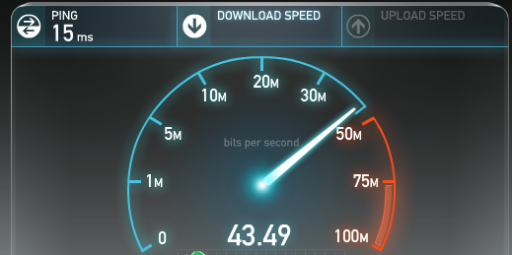A bandwidth breakthrough
October 23, 2012
Academic researchers have improved wireless bandwidth by ten times — not by adding base stations, tapping more spectrum, or cranking up transmitter wattage, but by using algebra to banish the network-clogging task of resending dropped packets, Technology Review reports.
By providing new ways for mobile devices to solve for missing data, the technology not only eliminates this wasteful process but also can seamlessly weave data streams from Wi-Fi and LTE — a leap forward from other approaches that toggle back and forth. “Any IP network will benefit from this technology,” says Sheau Ng, vice president for research and development at NBC Universal.
More rigorous lab studies have shown large benefits. Testing the system on Wi-Fi networks at MIT, where 2 percent of packets are typically lost, Medard’s group found that a normal bandwidth of one megabit per second was boosted to 16 megabits per second.
The technology transforms the way packets of data are sent. Instead of sending packets, it sends algebraic equations that describe series of packets. So if a packet goes missing, instead of asking the network to resend it, the receiving device can solve for the missing one itself. Since the equations involved are simple and linear, the processing load on a phone, router, or base station is negligible, Medard says.
If the technology works in large-scale deployments as expected, it could help forestall a spectrum crunch. Cisco Systems says that by 2016, mobile data traffic will grow 18-fold — and Bell Labs goes farther, predicting growth by a factor of 25. The U.S. Federal Communications Commission has said spectrum could run out within a couple of years.
